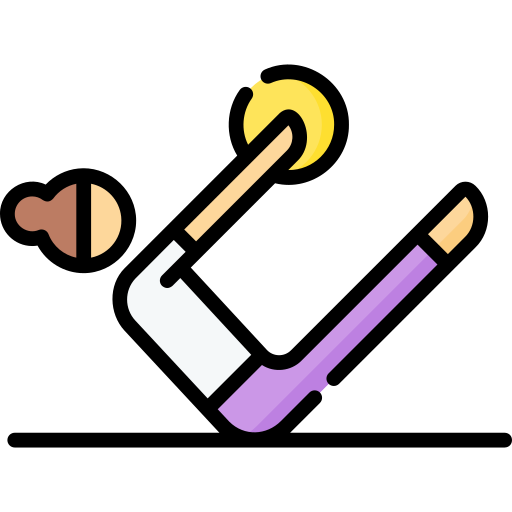When people think about “core strength,” the image that often comes to mind is a set of visible abs or a toned midsection. While that’s what’s most often marketed in the fitness world, it’s actually a narrow and superficial understanding of what the core truly is — and what it does. The real power of your core lies not in how it looks, but in how it functions.
The core is not a single muscle — it’s a complex network of deep stabilizing muscles that wrap around your torso like a natural corset. These include the transverse abdominis, multifidus, pelvic floor muscles, diaphragm, and obliques. Together, they play a central role in almost every movement your body performs. From walking to standing, lifting to twisting, sitting to breathing — your core is always working, even when you’re unaware of it. That’s what makes it so powerful, and why neglecting it can lead to a host of physical problems over time.
At the center of its function is stabilization. Your core is what holds you upright. It keeps your spine aligned and protects your internal organs. It’s what allows your limbs to move efficiently while minimizing strain on your lower back. Without a strong and engaged core, everyday tasks like bending down, reaching overhead, or even getting out of bed can become awkward or even painful. More than just a support system, your core is a dynamic powerhouse that manages balance, movement coordination, and posture.
One of the most overlooked aspects of core strength is its connection to posture. When core muscles are weak or underused, the spine loses its natural support system. This can lead to slouching, forward head posture, or exaggerated curvature in the lower back — all of which put uneven pressure on the joints and can lead to chronic pain. A strong core helps you maintain upright posture with less effort, allowing your body to move more efficiently and with better alignment throughout the day.
Pilates, more than almost any other method of exercise, emphasizes the importance of core awareness and control. Every movement in Pilates begins from the center — the “powerhouse,” as Joseph Pilates called it. By focusing on small, controlled, and deeply engaging movements, Pilates activates the deepest layers of the core that many other fitness programs ignore. It’s not about brute strength or intensity; it’s about precision, breath, and connection. That’s where the true transformation begins.
Another hidden benefit of core training is its impact on injury prevention. When the core is weak, the body tends to compensate by overusing other muscle groups — particularly in the lower back, hips, or shoulders. Over time, these imbalances create tension, pain, and susceptibility to injury. Strengthening the core helps distribute force more evenly, improves movement patterns, and reduces the wear and tear on joints. It’s a long-term investment in functional health.
Breath control is another key component that links the core to overall wellbeing. The diaphragm, a primary muscle of respiration, is also part of your core. In Pilates, breath is used intentionally — not only to support movement, but to engage the deep core muscles more effectively. This mind-body connection helps build awareness and relaxation, which can lower stress and improve mental clarity. When the breath and core are trained together, the result is a body that moves with greater ease and presence.
Ultimately, building a strong core is not about appearance — it’s about function. It’s about moving through life with less pain, more confidence, and greater control. It’s about standing tall not just physically, but mentally. It’s about feeling grounded in your body and capable in your movements, no matter your age or fitness level.
In a culture obsessed with visible results, it’s easy to overlook the invisible work that happens beneath the surface. But make no mistake: the hidden power of the core is what shapes your foundation. Strengthen it, and you don’t just improve how your body looks — you transform how it feels, how it performs, and how it ages.

